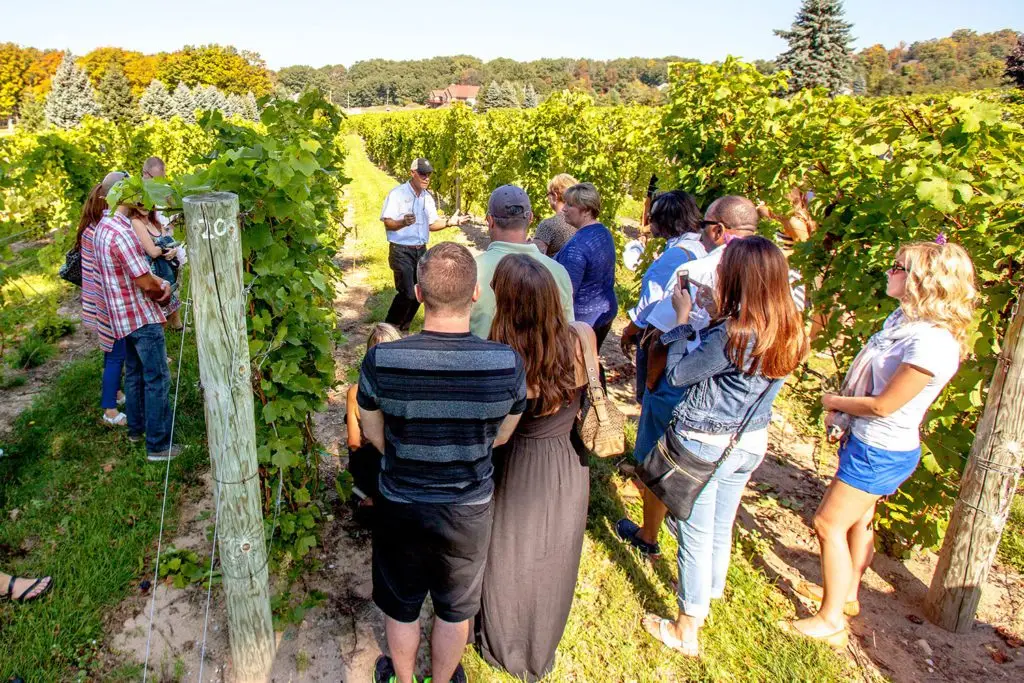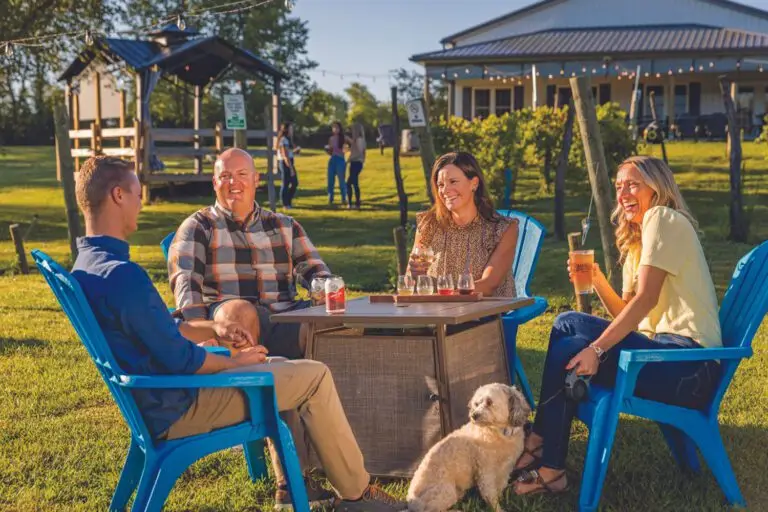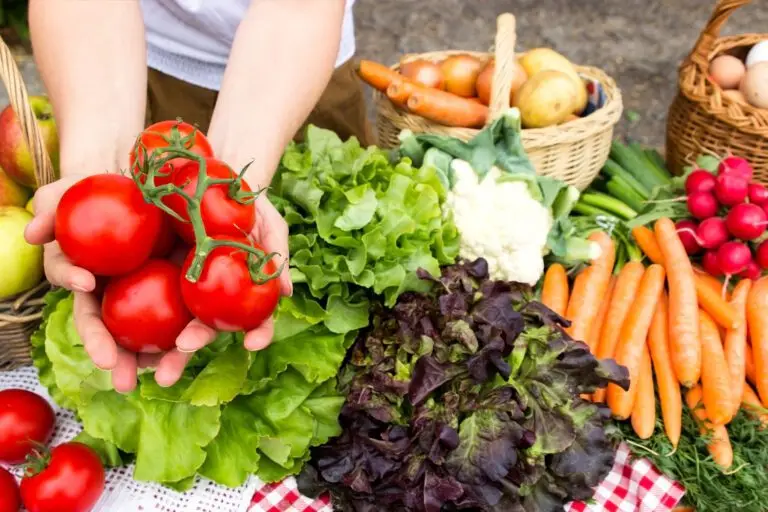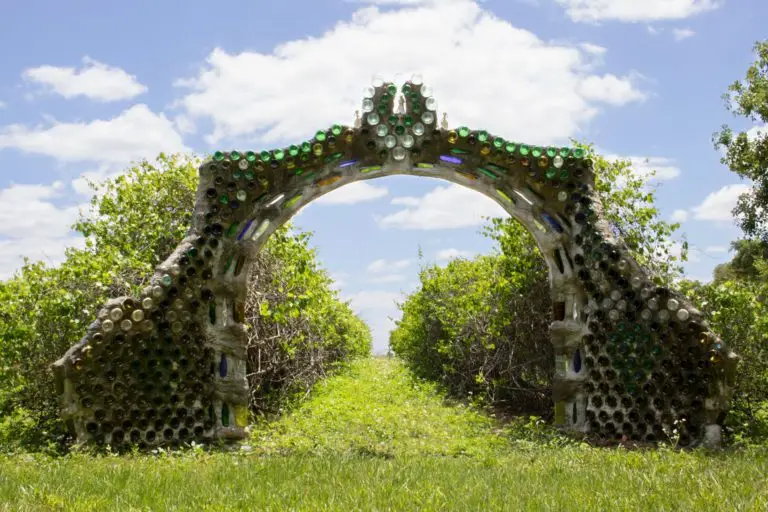By Mark Fisher
Michigan may not be as strong on the gridiron as its residents would like, but in the vineyards, the mighty Mitten State is really flexing its muscles.
The similarities to Ohio’s winemaking scene are striking. Michigan’s wine industry is growing, as is the Buckeye State’s. The number of wineries in Michigan using primarily Michigan-grown fruit has more than doubled in the last decade. Today, there are more than 150 wineries in the state, up from 71 wineries in 2010 and just 24 wineries in 2000.
As in Ohio, more high-quality vineyards are being planted across Michigan, better wines are being made, and national recognition is beginning to flow. Wineries and grape growers are excelling at growing both European-style grape varietals and those varieties that are best-suited for cold climates to create distinctive and delicious wines.
“We are lucky to be able to create such a wide variety of styles of wine and to grow so many kinds of grapes,” says Emily Dockery, spokeswoman for the Michigan Wine Collaborative. “We can produce world-class dry wines on par with those of Rhône Valley and Alsace, and we can also excel in super fun and funky wines. Essentially, we can do it all.”
White Pine Winery and Vineyards founder David Miller, who also serves as president of the Michigan Wine Collaborative, called his home state “a special place on planet Earth with fantastic conditions for producing wonderful fruit, including wine grapes.”
“Our wines are more like European wines given our climate,” Miller says. “They are lower in alcohol and tannin than their warm-climate contemporaries like California wines. Our wines have high natural acidity which makes them beautifully balanced and great food wines.”
Miller describes Michigan’s wine industry as “quite young by world standards. That means creative, passionate growers and winemakers are learning more and more and making more great wines every year.”
The state’s biggest challenge, Miller says, “is getting the word out that there are world-class wines being grown and produced right here.”
But that secret is, indeed, starting to escape. One of the state’s five official American Viticultural Areas (AVAs), the Leelanau Peninsula near Traverse City, was voted the #2 wine region in the entire U.S. last year in an annual poll conducted by USA Today and 10Best.com. (The Finger Lakes wine region was voted #1). And Southwest Michigan was named one of the “20 Best Places to Go in 2020” by Conde Nast Traveler, and it’s safe to say that its thriving wine scene that is part of the Lake Michigan Shore AVA had a little something to do with the travel magazine’s shout-out.
Miller, who studied viticulture in graduate school at Michigan State, has seen the growth in the Michigan wine industry — and he helped make it happen. He worked as a grape and wine researcher for more than a decade before taking a job at one of Michigan’s largest wineries, St. Julian Winery, “to teach growers how to grow better wine grapes,” Miller says. He left St. Julian as vice president of winemaking after 13 years to launch his own winery in southwest Michigan.
Like their counterparts in Ohio, Miller and other Michigan grape growers are increasingly turning to European-style vinifera grape varietals most familiar to wine consumers (Chardonnay, Cabernet Sauvignon, Pinot Noir, etc.) and finding just the right pockets in the state where they can turn those vinifera grapes into world-class wines.
The most recent Michigan Grape Inventory report provided by Michigan Craft Beverage Council shows that statewide, there is more than twice as much acreage of vinifera grapes (2,150) as hybrids (900). Riesling dominates, with 675 acres of vines, followed by Pinot Gris, Chardonnay and Pinot Noir, each with 250 to 260 acres. But there also is a substantial amount of Cabernet Franc (170 acres) and Merlot (125 acres) planted as well.
Michigan winery owners and grape-growers appear to be quite optimistic about the industry’s future and about their ability to sell more wine. They have plans to plant 320 additional acres of vinifera grapevines and 235 acres of hybrid grapes over the next five years, according to the state’s Grape Inventory report.
But as with Ohio, geography matters.
Lee Lutes, head winemaker at Black Star Farms near Traverse City and treasurer of the Michigan Wine Collaborative, says vineyards in the southern part of the state are capable of producing fine vinifera reds. But in the northern part of the state, vineyards are excelling at lighter-style reds from rising-star grapes such as Blaufränkisch and Lemberger, Lutes says.
Michigan’s newest AVA, the Tip of the Mitt, was approved in 2016, and is the northernmost of the state’s five AVAs. A dozen wineries within the Tip of the Mitt AVA have joined to form the Petoskey Wine Region, with an emphasis on hybrid grapes that survive and thrive in the northern climate. Those grape varieties may not be household names, but they’re gaining converts.
Lutes, who makes wines to the west of the Tip of the Mitt on the Leelanau Peninsula, is seeing a trend toward open-mindedness among wine consumers who visit his winery’s tasting room.
“We’re seeing more acceptance of alternative varietals, more willingness to experiment,” Lutes says.
Nancie Oxley, vice president of winemaking at St. Julian Winery, says she has seen a similar willingness to embrace new varietals. Her winery in Paw Paw in the southwest part of the state is Michigan’s oldest – next year will mark St. Julian’s 100th year in business — and its largest, with 475 acres of wine grapes and six tasting rooms in the state.
St. Julian, which produces wines from 44 different grape varietals, recently released a varietal La Crescent under its Braganini Reserve line that quickly became a customer favorite and a bit of a social-media star, Oxley says.
Oxley and Lutes say there is no better time to visit Michigan wineries.
“We are selling 2017 whites and reds, and that vintage was one of the best of the decade,” Lutes says. “We have plenty of wine, there’s no shortage of supply, and prices are holding steady.”
Lutes also recommends visiting northern Michigan wineries in “shoulder seasons” such as spring or early winter.
“There are fewer people here” than during the high-season summer months. “It allows you to fully experience wine country.”
“This is not the Arctic Tundra,” Lutes said. “There is no reason for Ohioans not to come north.”
PLAN YOUR TRIP:





